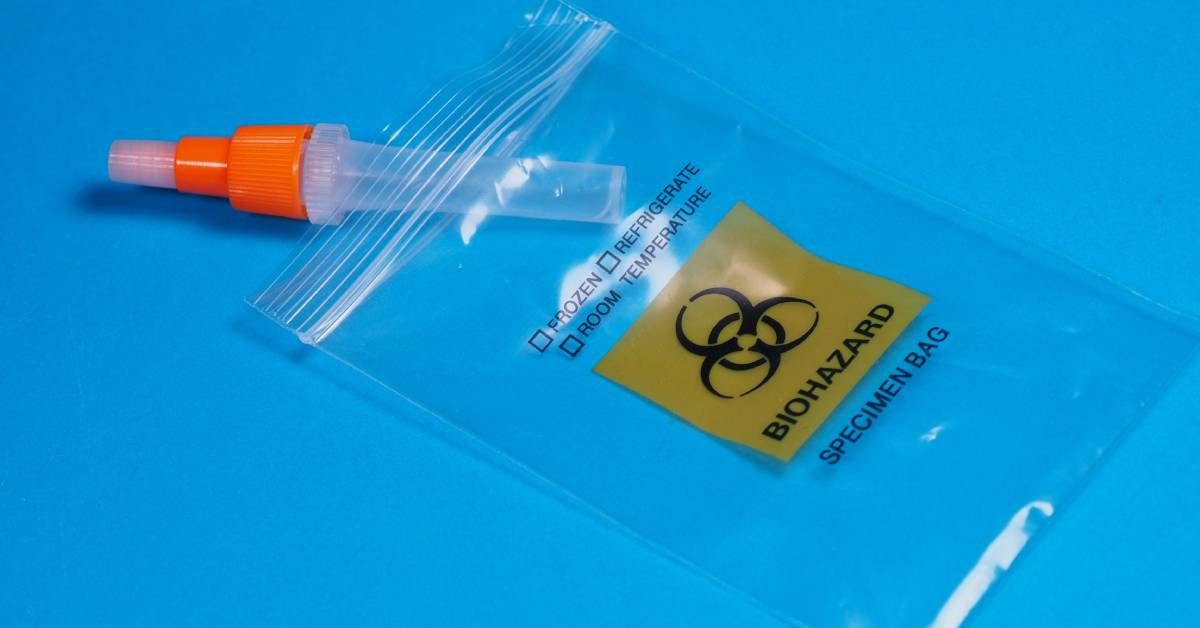Proper veterinary waste disposal is an essential aspect of clinic management to ensure compliance with regulations, protect public health, and maintain environmental safety. Veterinary clinics generate unique waste types, including sharps, biohazardous materials, and infectious waste, requiring specialized handling methods. Below, we explore the most effective methods for veterinary waste disposal to help practices meet their ethical and legal responsibilities.
Sharps Waste Disposal
Sharps, such as needles, syringes, and scalpel blades, are common tools in veterinary practices and require careful management to prevent injuries and contamination. Disposal of sharps involves placing them in puncture-proof containers that meet safety standards.
Veterinary practices then hand off these containers to licensed waste disposal services for incineration or sterilization. This method fully neutralizes sharps and minimizes risks to clinic staff and the public.
Biohazardous Materials Disposal
Biohazardous waste, including materials that have contacted blood, bodily fluids, or tissue, requires stringent disposal measures. These materials require segregation at the source by placing materials in clearly labeled, leak-proof bags for containment.
Licensed disposal companies process this waste using incineration or autoclaving methods to neutralize biological risks. Proper documentation during disposal confirms compliance with health and safety regulations.
Cremation/Incineration
Incinerating animal waste, such as remains and other organic materials, is a highly effective method for preventing the spread of infectious diseases. Many practices partner with third-party cremation or incineration services, which offer high-temperature processing to ensure complete sterilization. Incineration also reduces waste volume significantly, making it a practical solution for veterinary practices managing large amounts of organic waste.
Autoclaving
Autoclaving is a sterilization method that uses pressurized steam to neutralize infectious waste. Autoclaving is a common solution for neutralizing biohazardous materials. Many consider it to be more environmentally friendly compared to incineration, as it doesn’t produce harmful emissions.
Veterinary practices with high volumes of waste often incorporate on-site autoclaving equipment to streamline waste disposal, especially for tools and materials they can reuse after sterilization.
Sustainable Waste Management in Veterinary Care
Veterinary waste disposal is an important part of compliance and showing a commitment to sustainable and safe practices. Adopting robust waste management strategies, coupled with staff training, ensures reduced health risks and environmental impact. By prioritizing proper waste disposal, veterinary practices protect their local community and contribute to global sustainability efforts.
If you want to learn more about the best waste disposal methods for veterinary practices and how they help you stay compliant, browse our OSHA veterinary manuals at Gamma Compliance Solutions. We’re here to help you optimize your veterinary practice’s safety and efficiency through proper disposal techniques.

